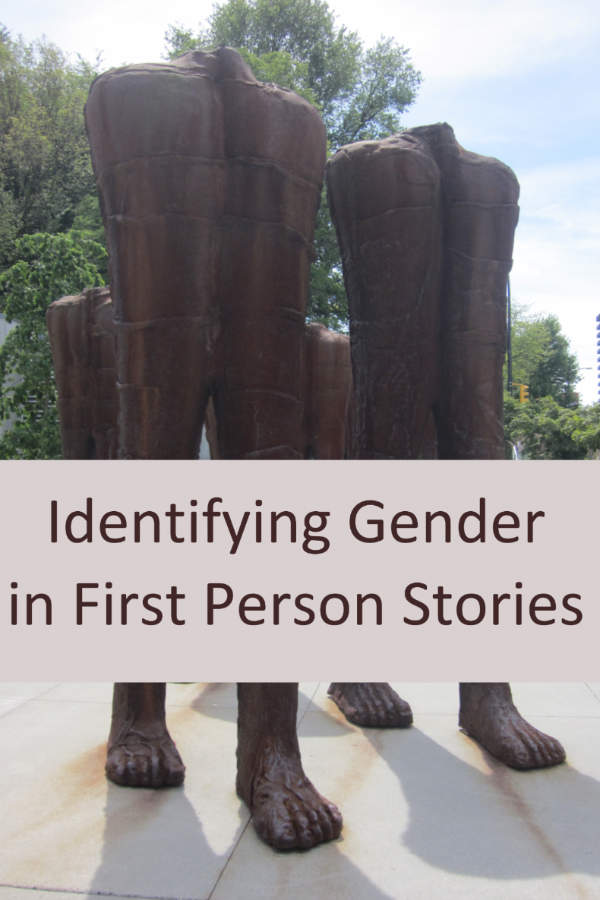When an author writes about a protagonist in third person the reader quickly determines if that person is male or female because of the use of the words “he” or “she”. When an author writes in first person, using pronouns “I” and “me”, the gender may not be so immediately obvious.
I recently read two books written in first person where I assumed the protagonist was male and was surprised to learn in the second chapter that he was really a she. In both cases, I stopped and went back over the preceding pages to determine if I had missed something. I found nothing to specifically indicate the protagonist was female. Similarly I found nothing specific leading one to believe the protagonist was male.
I could spend time analyzing my own preconceptions and the attitudes which led me to believe the person speaking was male. One of the books was discussed at my book club and no one else had made the same mistaken assumption I had. In both cases, because the authors were female, it might have been more natural to assume, rightly or wrongly, the protagonist was female. Instead of dwelling on my own biases, I find myself pondering how writers convey information about the protagonist, information such as gender, when writing in first person.
Adding too much explanation at the beginning of a story can slow it down and detract from it. Certain actions or behaviours may indicate gender, but that is only foolproof if an author is creating a stereotypical character. How someone else talks to or speaks about the character may point out gender. Similarly, the use of a gender-specific name may help. Whatever the technique, at some point not too far into the story, the reader usually needs to know the sex of the protagonist and that information needs to be conveyed in a natural way.
As a writer, I know how easy it is to assume the reader understands something about your character that you have not specifically portrayed. I’ve had questions posed in my writing group which made me realize I had not provided enough information. Providing your reader with enough information about the protagonist in a way naturally woven into the story can be a challenge. Timing is important too. Part of the suspense in a story which keeps the reader engaged is learning more about the character as the story unfolds. Bombarding the reader with a complete biography at the beginning takes that suspense away, but there are key pieces of information the reader needs to make sense of the story.
The two books I’ve referred to were both excellently written. Finding out in Chapter 2 I had been mistaken in my assumption about gender surprised me and stopped me for a moment, but did not detract overall from the book. If the revelation had happened any later in the book, I might have felt differently about that.
Have you read books or stories where you’ve made the wrong assumption about the gender of the protagonist? How did you feel when you found out you were wrong? As a writer, how do you convey gender when writing in first person?


No, I have never made that error but I can see where that might happen if there isn’t enough description. Especially if the neame of the character could be either sex! Like, Terry!
Jacquie, I don’t recall having made this error before this year either. I don’t know if it is the two books in particular or something in my current mindset!